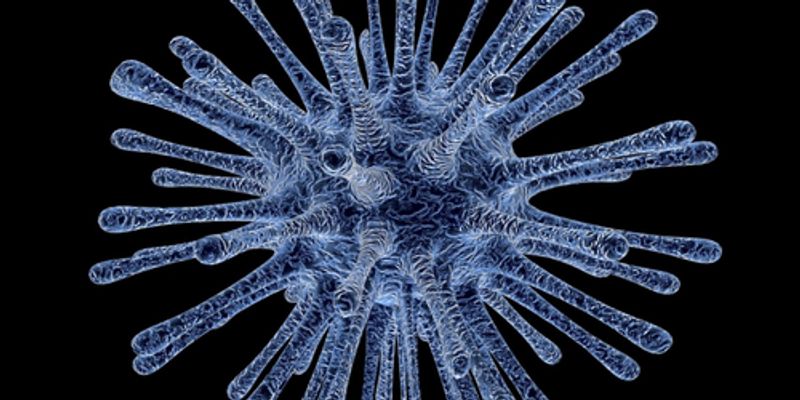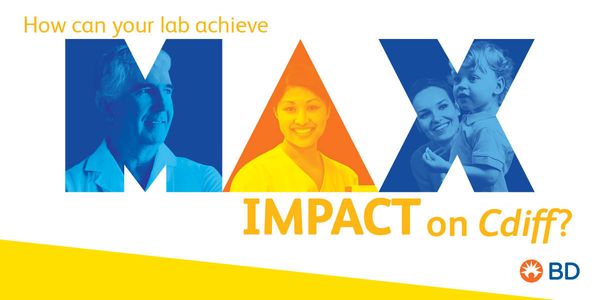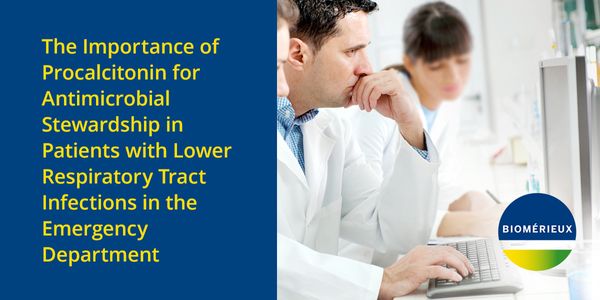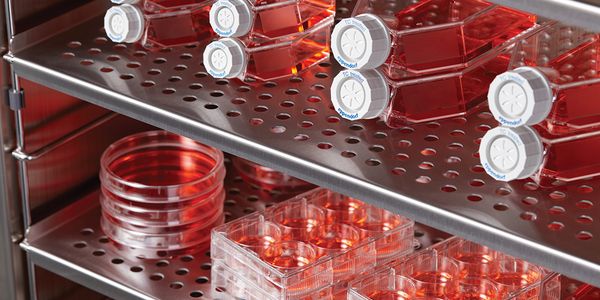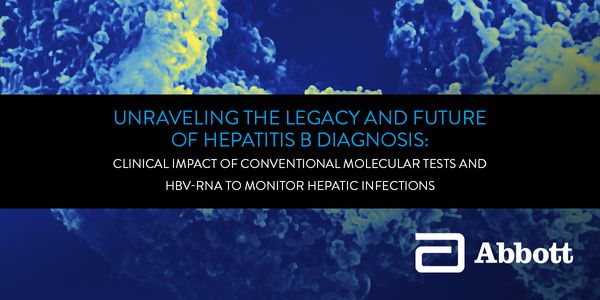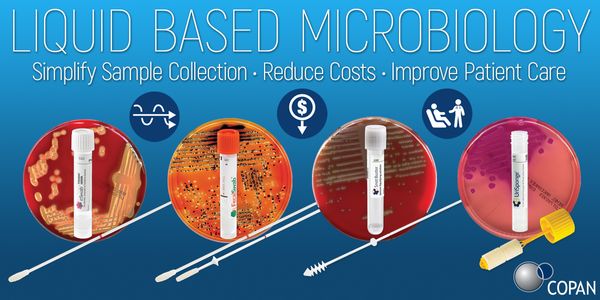Science of Infectious Disease
An infectious disease can be defined as an illness due to a pathogen or its toxic product, which arises through transmission from an infected person, an infected animal, or a contaminated inanimate object to a susceptible host. There are several scientific practices in place to identify and/or treat an infectious disease.
-
AUG 14, 2019 | 8:00 AMDATE: August 14, 2019TIME: 8:00am PDT Infectious disease surveillance and monitoring is critical in settings where disease outbreaks and antibiotic resistance can dramatically im...JUL 30, 2019 | 6:00 AMDATE: July 30, 2019TIME: 6:00am PT, 9:00am ET The current version of the EMA Guideline for the environmental risk assessment of human drugs was published in 2006. This guidance...JUL 25, 2019 | 9:00 AMDATE: July 25, 2019TIME: 9:00am PT, 12:00pm ET Vaginitis / vaginosis (V/V) is defined as a spectrum of conditions that cause vaginal and sometimes vulvar symptoms, such as itch...JUL 24, 2019 | 9:00 AMDATE: July 24, 2019TIME: 9:00am PT, 12:00pm ET This webinar offers an overview of C. difficile diagnostic test methods, discussion on the controversy regarding the best laborat...Speaker: Karen Carroll, MD , Masako Mizusawa, MD, PhD, MSJUN 26, 2019 | 8:00 AMDATE: June 26, 2019TIME: 11:00am EDTThis webinar will explore how using a procalcitonin (PCT) driven protocol in the Emergency Room can aid clinicians in deciding about hospital admi...JUN 12, 2019 | 10:00 AMDATE: June 12, 2019TIME: 10:00am PT/1:00pm ET With the ever-changing healthcare ecosystem, you are being asked to continually perform better than ever before. Your patients con...JUN 05, 2019 | 5:00 PMDATE: June 5, 2019TIME: 8:00am PDT, 11:00am EDT, 5:00pm CEST Eukaryotic cell cultures respond to the most subtle influence. Apart from the risk of contamination, minimal chan...MAY 23, 2019 | 9:00 AMDATE: May 23, 2019TIME: 9:00am PDT, 12:00pm EDT Although mesenchymal stem/stromal cells (MSCs) chondrogenic differentiation has been thoroughly investigated...MAY 16, 2019 | 4:00 PMDATE: May 16, 2019TIME: 7:00am PDT, 10:00am EDT, 4:00pm CEST The emergence of NGS is revolutionizing the microbiological sciences and transforming medicine. Deep sequencing has...MAY 15, 2019 | 12:00 PMDATE: May 15, 2019TIME: 9:00am PDTHepatitis B infections remain a significant global healthcare burden resulting in 887,000 deaths in 2015. Clinical laboratories can have a measurable i...Screening to identify all known viruses and other pathogenic microorganisms including bacteria, fungus and parasites in human tumor tissues will provide a more comprehensive understanding of...Speaker: Erle Robertson, PhD
Over the past 25 years many advances in techniques have been incorporated into infectious disease research. From genetically modified animals to advances in basic techniques that improve res...
Tuberculosis has killed more than one billion people in the last 200 years. It is the oldest and the deadliest human pathogen, recently surpassing HIV. Its adaptation to host and drug pressur...
Point-of-care testing (POCT) is diagnostic testing at the time and place of patient care in a physician’s office, an ambulance, a mobile clinic, at home or in hospital. Rapid POC testi...
Speaker:
Krishnan Allampallam, PhD
, Paul Lambotte, PhD
“Emerging infections” are those that appear suddenly or are rapidly increasing in incidence or geographic range (e.g., HIV/AIDS, Ebola, SARS, Middle East Respiratory Syndrome [MER...
Speaker:
Stephen S. Morse, PhD, FAAM, F.A.C.E.
Presented at: Infectious Disease Virtual Event Series 2019
The Ebola virus disease outbreak in West Africa in 2014-2016 was the largest of its kind in history. This was the first outbreak that involved a randomized clinical trial for therapeutics, a...
Despite over 60+ years of research, the etiology of bacterial vaginosis (BV), the most common vaginal infection, remains controversial. Epidemiological data strongly suggest that BV is acquir...
Speaker:
Christina Muzny, MD, MSPH, FACP
Presented at: Infectious Disease Virtual Event Series 2019
APR 24, 2019 | 9:30 AM
DATE: April 24, 2019TIME: 9:30am PDTTicks are currently considered to be second only to mosquitoes as vectors of human infectious diseases in the world. Each tick species has preferred...
APR 23, 2019 | 9:00 AM
DATE: April 23, 2019TIME: 9:00am PDT, 12:00pm EDT ABSTRACT: Learning Objectives: List benefits of liquid based collection and transport systems...
Integration of technology is influencing practice in the clinical laboratory and treatment of patients in the clinical practice arena. As laboratories begin to move from a volume to value mod...
Speaker:
Elizabeth Marlowe, PhD, D(ABMM)
, Joanna Sickler, MPH, MBA
Presented at: Molecular Diagnostics Virtual Event Series 2019
